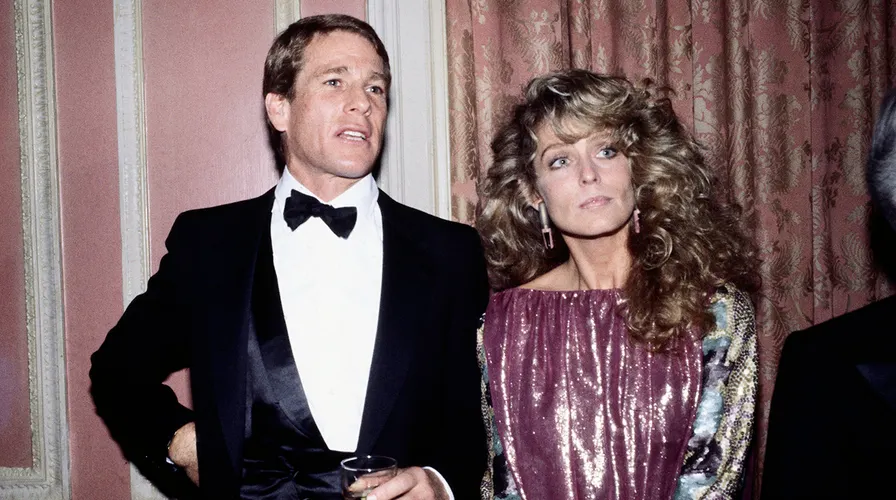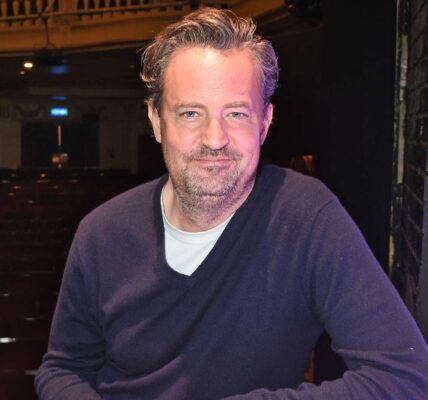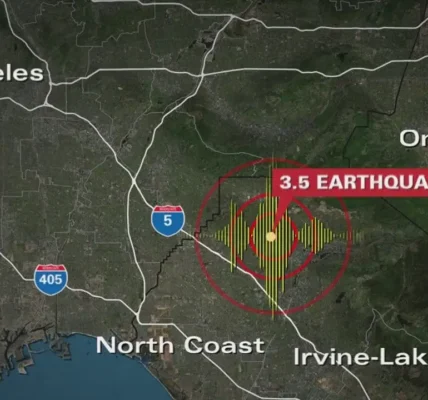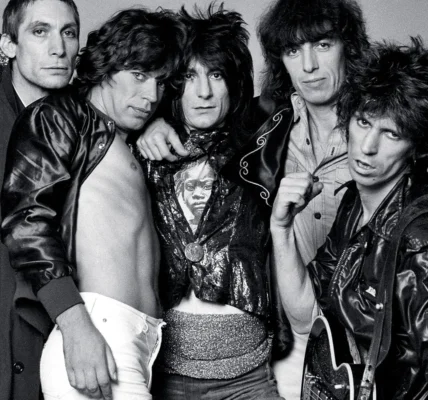According to his son, Ryan O’Neal, the handsome actor who rose from a TV soap opera to an Oscar nomination for “Love Story” and gave a funny performance in Paper Moon.
Instagram users Patrick O’Neal, a sportscaster for Los Angeles, said, “My dad passed away painlessly today, with his caring team by his side, encouraging him and caring him as he would us.”
The reason of death was not stated. A decade after receiving his initial diagnosis of chronic leukemia, Ryan O’Neal was diagnosed with prostate cancer in 2012. He was eighty-two.
Few performers, however, sparkled more in the 1970s than O’Neal, who rose to fame in Hollywood as one of the most bankable actors and shown his versatility in acting, humor, and drama. O’Neal was best recognized for his work on the prime-time soap opera “Peyton Place.” Here are some of that era’s best movies from him, along with links to view them.
“Love Story” (1970)
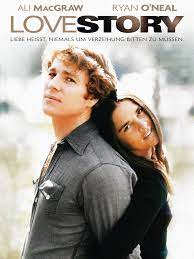
In the 1970s, television-to-film crossovers were uncommon, and it took a while for O’Neal to get the part of Oliver Barrett IV, a Harvard grad who falls in love with a working-class Radcliffe girl, and screenwriter Erich Segal and O’Neal’s co-star Ali McGraw’s insistence. Their gentle yet powerful connection elevates this lighthearted tale of a youthful romance and terminal sickness beyond its cheesy, sentimental elements, making it understandable why she battled for him.
It went on to become 1970’s highest-grossing film. Vincent Canby of The Times described O’Neal as “an intense, sensitive young man whose handsomeness has a sort of crookedness to it,” but other critics were dissatisfied. That perfectly captures not only O’Neal’s performance in this instance, but his overall appeal.
“Doctor, what’s up?” The Main Event (1979) / (1972)

O’Neal hooked up with director Peter Bogdanovich—who was fresh off the triumph of “The Last Picture Show”—for the first of three unforgettable partnerships following the phenomenal success of “Love Story.” In a playful nod to the screwball comedies of the 1930s and 1940s, “What’s Up, Doc?” cast O’Neal alongside Barbra Streisand. Specifically, Bogdanovich referenced the Cary Grant and Kathrine Hepburn collaboration “Bringing Up Baby,” which featured the central dynamic of “an uptight professor and a screwy girl.” It was the ideal setting to highlight O’Neal’s versatility; his portrayal of Dr. Howard Bannister, a musicologist, was a complete 180 from Oliver Barrett IV’s, a study in frantic humor that manages to stay just on the verge of cartoonishness without ever being caricature.Because of their strong chemistry, O’Neal and Streisand got back together seven years later for the boxing romantic comedy “The Main Event.” Although Howard Zieff, the film’s director, wasn’t Bogdanovich, the reunion confirmed O’Neal’s dominance as a light screen comic at the time.
“Nickelodeon” (1976) and “Paper Moon” (1973)

Bogdanovich and O’Neal, in the meantime, followed up on “What’s Up, Doc?” with this adaptation of the book “Addie Pray,” which tells the story of a scam artist who travels throughout Kansas selling Bibles to widows while accompanied by his bright little daughter. In the later part, Bogdanovich cast Tatum, O’Neal’s real-life child, and skillfully exploited their innate rhythms and acrimonious bond; they work wonderfully together, and it’s entertaining to see O’Neal’s joyfully immoral con man unwillingly take care of the perceptive child. (Tatum, at ten years old, would become the youngest recipient of a competitive Oscar to date when she won the Academy Award for best supporting actress for the part.)Three years later, inspired by Bogdanovich’s interviews with the icons of the silent era, O’Neal and Bogdanovich collaborated for the final time on “Nickelodeon,” a loving homage to the early years of Hollywood. Even though it did not earn as much praise as their other films, it is nonetheless a fun mash-up of slapstick humor and cinema history, with a beautifully improvised performance by O’Neal as an inept lawyer who ends up becoming a screenwriter and director.
The 1975 film “Barry Lyndon”

When Stanley Kubrick cast the distinctly 20th-century O’Neal in the title role of his production of William Makepeace Thackeray’s novel set in the 18th century, several cynics expressed skepticism. Kubrick, as always, saw something deeper in O’Neal, or maybe he saw the connection between the titular character, a socially aspirational outlaw who marries into a wealthy family, and his “Paper Moon” con artist. The actor skillfully portrayed a character who is finally brought down by his own moral decay, and his razor-sharp comedic timing was rarely used so neatly. It was evident that he enjoyed the chance to subvert his image as a matinee idol.
In 1977, “A Bridge Too Far”
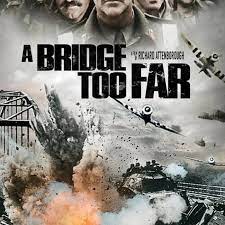
Director Richard Attenborough assembled an incredible all-star cast, including James Caan, Michael Caine, Sean Connery, Elliott Gould, Anthony Hopkins, Gene Hackman, Laurence Olivier, Robert Redford, and Liv Ullman, for his dramatization of the botched Operation Market Garden during World War II. It’s difficult to stand out among that group, but O’Neal succeeds. O’Neal adopts a straightforward approach to the material as Gen. James M. Gavin, one of the commanders of the American portion of the Allied effort. He eschews the theatricality of several castmates in favor of focusing on Gavin’s pragmatic attitude and slightly pessimistic outlook.
The 1987 film “Tough Guys Don’t Dance”
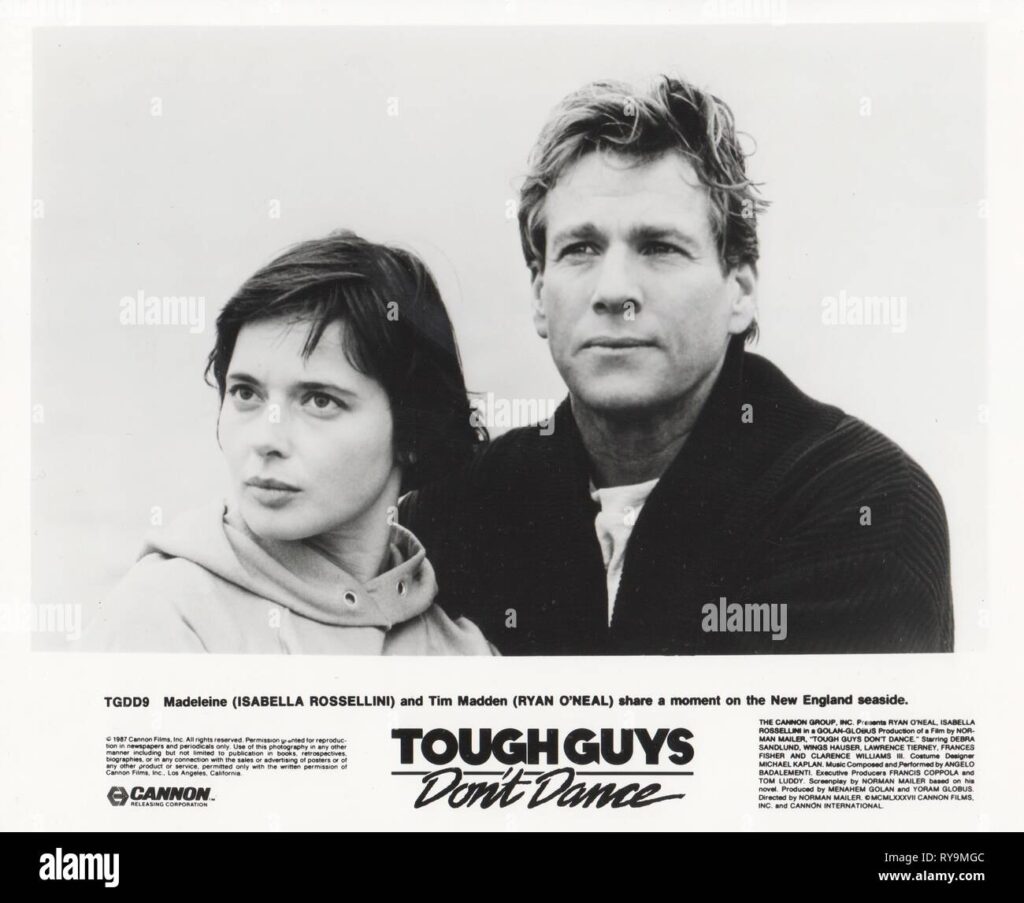
O’Neal fronted fewer major motion pictures as the 1970s gave way to the 1980s, and his commercial triumphs became increasingly scarce. As a result, he made the most of his starring parts. Among the most peculiar was this darkly humorous parody of hard-boiled crime noir, penned and directed by Norman Mailer (a film adaptation of his own book). The film “Tough Guys” is well-known in certain quarters for an out-of-context scene that went viral (a take that O’Neal allegedly begged Mailer not to use). However, that grand, strangely melodramatic scene is representative of the film’s wild tonal ride, which feels like the mischievous love child of David Lynch, Douglas Sirk, Dashiell Hammett, and Mailer during a particularly bad hangover.In the end, O’Neal acts as the picture’s stabilizing influence, and his solid performance often prevents the unconventional stew from becoming too abstract.
(1998) “Zero Effect”

During the 1990s and until the end of his life, O’Neal’s acting career was primarily limited to tiny supporting appearances on television. However, he also proved to be a good character actor, and this deft, melancholic mash-up of mystery, comedy, and drama from writer-director Jake Kasdan is among the greatest movies of that era. Ben Stiller portrays the Watson to Bill Pullman’s Holmes as Daryl Zero, “the world’s most private detective,” a clever but reclusive Sherlock Holmes figure. O’Neal appears as wealthy Gregory Stark, who employs Zero to locate the key to his safe deposit box.There’s more to this man than first meets the eye, as is typical for such characters, and O’Neal bracingly achieves what only the greatest actors can do: he exudes furtiveness while appearing to have nothing to conceal. His dual nature and intricacy contributed to his long-lasting unique and remarkable on-screen persona.
